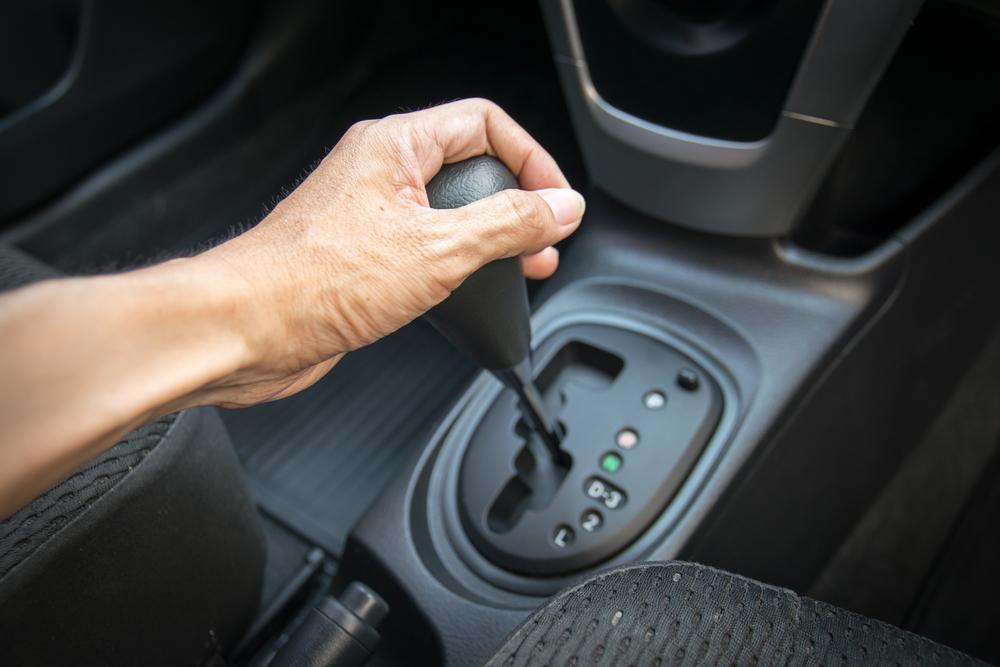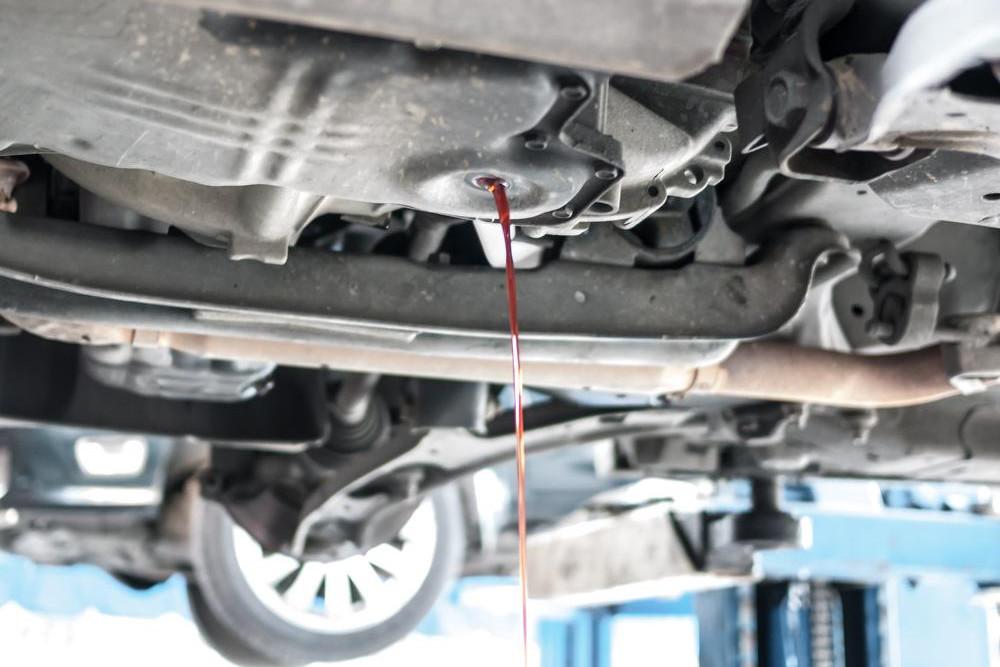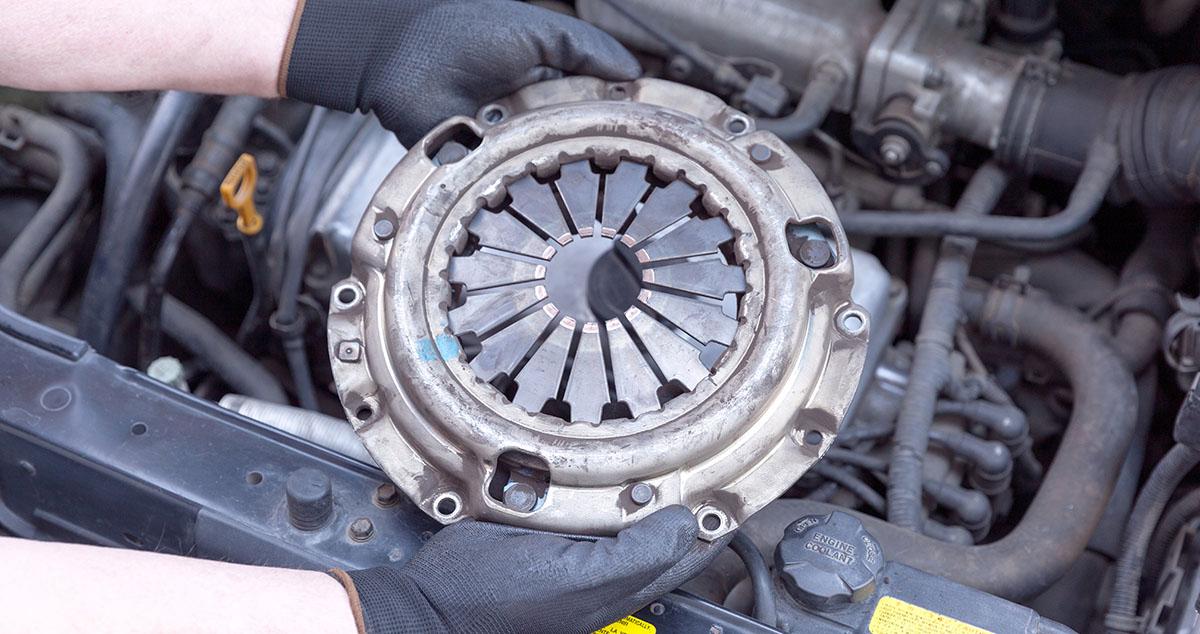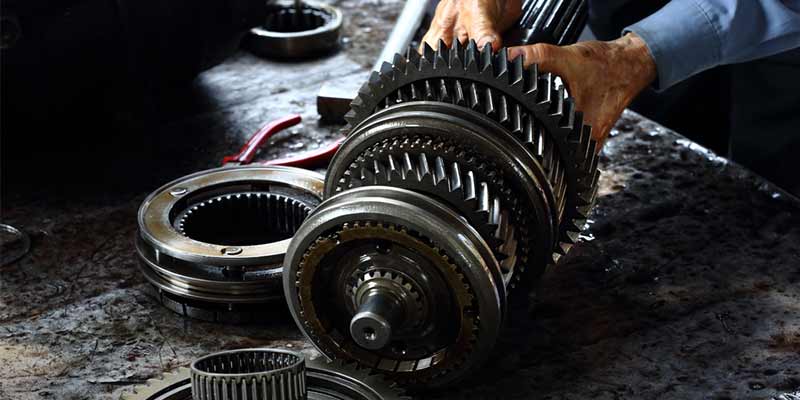Transmission slipping could be a major issue for any type of cars although automatic cars are under higher risk. Slipping does not mean the gearbox is on the verge of failure but it has the potential to create a big problem. Automatic transmission slipping could spring from various reasons while the clutch is the culprit when it is a manual car.
When your car shows signs of slipping, you need to take quick action before it turns something bigger. Learning the symptoms and causes often helps with the diagnosis and making the right repair decision.
Contents
What Is Transmission Slipping?
The slipping occurs when engine revs but no acceleration automatic cars take place at the time of driving. This means that the power from the engine does not transmit to the wheels. The most common cause of this problem is a low-level fluid. Manual transmission can also slip in the same manner, but the source of the problem is likely to be the clutch.
Transmission Slipping Symptoms
The diagnosis for transmission slipping is not always easy, but there are a few common signs. Take the car to a mechanic if any of these symptoms occur when driving:
- Unusual smell or odor of burnt gas.
- Automatic transmission slipping when acceleratingin the form of delays in speeding up.
- Shifting gears becomes difficult.
- Strange sound when you shift gears.
- RPM is high (more than 3,500).
- The car cannot reverse.
- Check engine lightcomes on.

SEE MORE
- The Trouble of Too Much Transmission Fluid
- Leak in the Transmission Cooling Lines? Find out What to Do
These warnings indicate a handful of transmission issues and slipping is one of them. Taking prompt action may save you from costly repairs down the road.
Transmission Slipping Causes
What causes a transmission to slip? There could be several reasons, but the following ones are the most common.
1. Low Level Of Transmission Fluid
The most common cause of slipping in automatic vehicles. When the fluid level is low, the transmission does not get enough hydraulic pressure to engage gears and friction between components will cause overheating.
Low fluid is the reason for transmission slip when hot and the condition becomes worse when the transmission gets hotter. Solve the problem by adding more fluid. However, some repair work is needed if a leak is behind the low-level of fluid.
2. Transmission Fluid Leak
A leak lowers the level of fluid, which results in transmission slipping. Finding a leak is difficult because it can occur anywhere such as in the fluid lines, torque converter, pan gasket, pan, or seals. It takes a professional to pinpoint the source of the problem and do the fixing unless it is a seal leak, which you can seal off with friction modifier additives.

Running your car with a leak is a huge risk because it will lead to severe internal damage. One such component is the torque converter system that is harder to repair once started showing problems.
3. Burnt Or Ineffective Fluid
How do you recognize burnt fluid? Well, it looks black and smells like burnt toast. Overheating is the main reason behind it. The solution is to change the fluid and check the transmission and engine thoroughly for further damage.
Ineffective fluid is the result of excessive contaminants in the oil. It needs to be changed because it has lost its effectivity.
4. Damaged Transmission Bands
Transmission bands are the bridge between the gears in the automatic gearbox. When they wear off, they create all sorts of troubles including transmission slipping, damaging gears, and various engine issues. The fix is not complicated as you just need to replace the worn bands.
5. Clutch Issues
When your manual transmission slips, the clutch is the culprit 90% of the time. Over time, the clutches wear off and become too thin to perform any function. The regular lifespan of a clutch disc is anywhere between 20k and 200k miles. You should check them regularly after crossing the 20k threshold. Adjustment issues and clutch failures can also be the reasons but highly rare.

Automatic vehicles also use clutch plates in the torque converter and across the transmission. Insufficient transmission fluid can burn them or they can get wear out over time.
If the transmission slipping is the result of clutch issues, you should replace the defective discs as soon as possible.
6. Defective Solenoid
A solenoid works like a valve to regulate the flow of fluid across the transmission. It makes sure that all the components get the right amount of liquid. If the valve is broken or becomes faulty for any reason, the fluid’s flow will either be more or less than the required quantity.
Check the solenoid if you face transmission slipping issues but find no apparent leak. You can use a multimeter or voltmeter to check whether it’s working or not. Diagnosis can also be done by plugging a scanner to the car’s computer.



